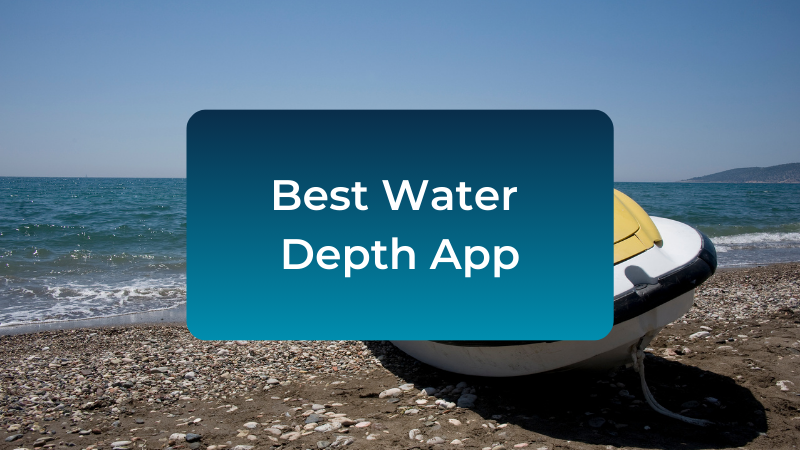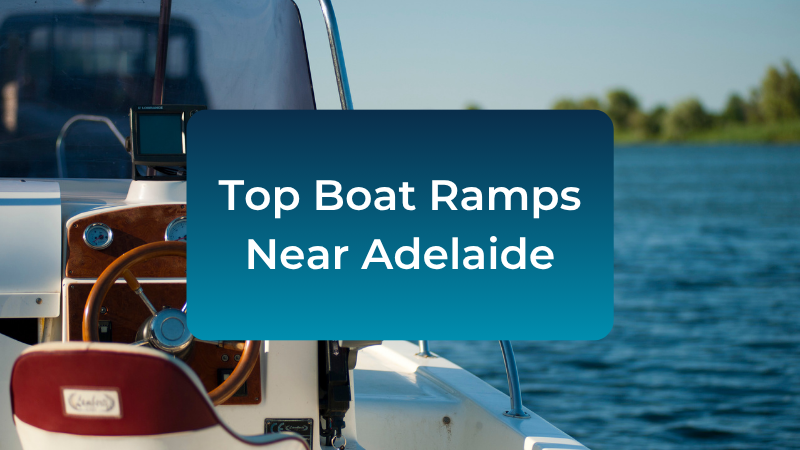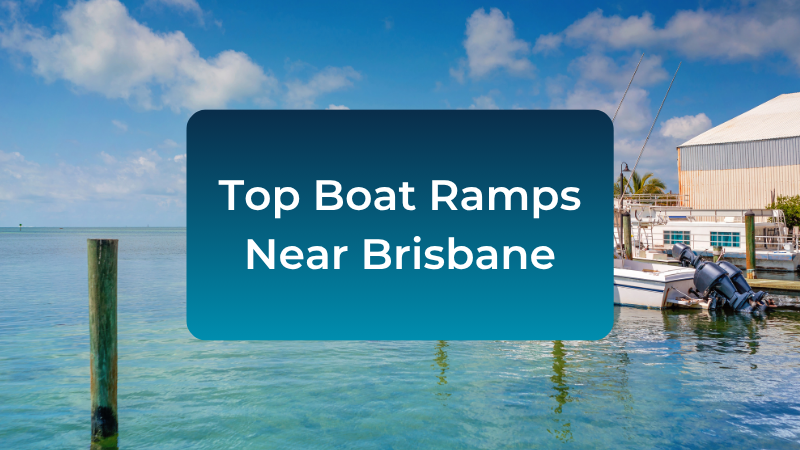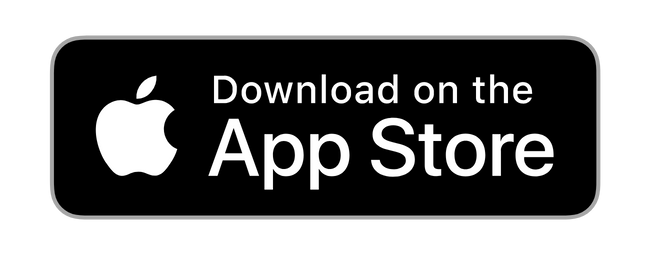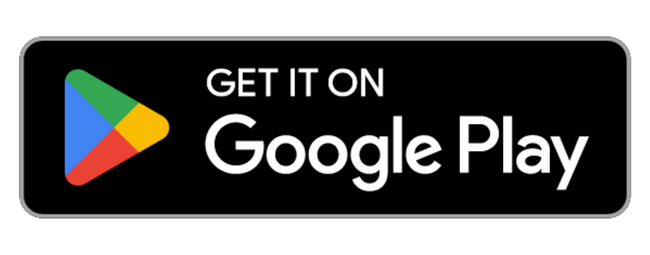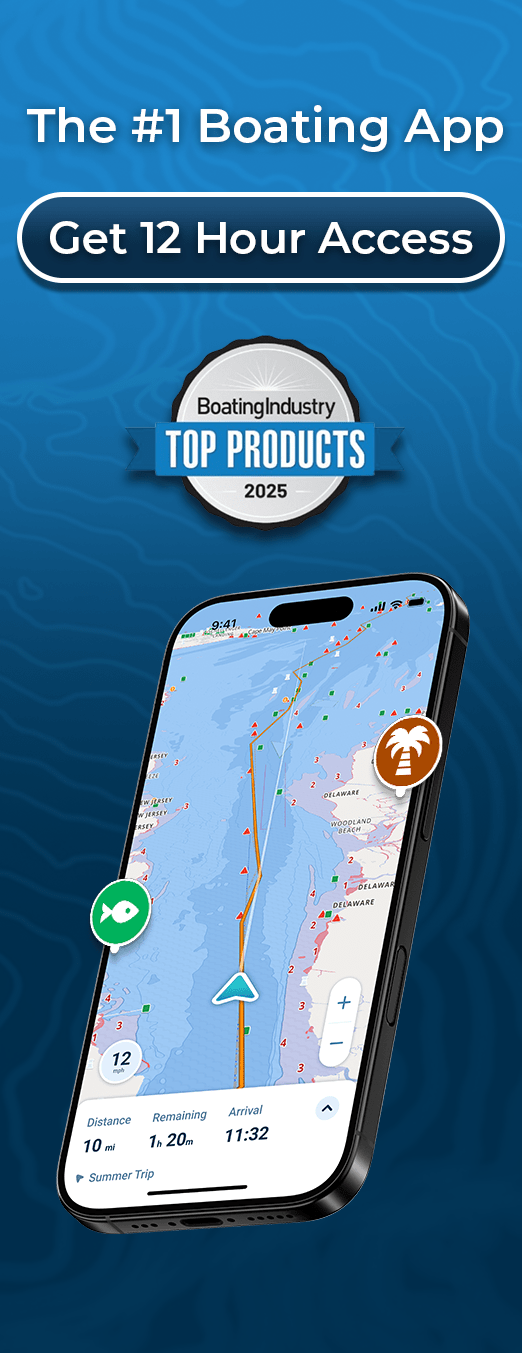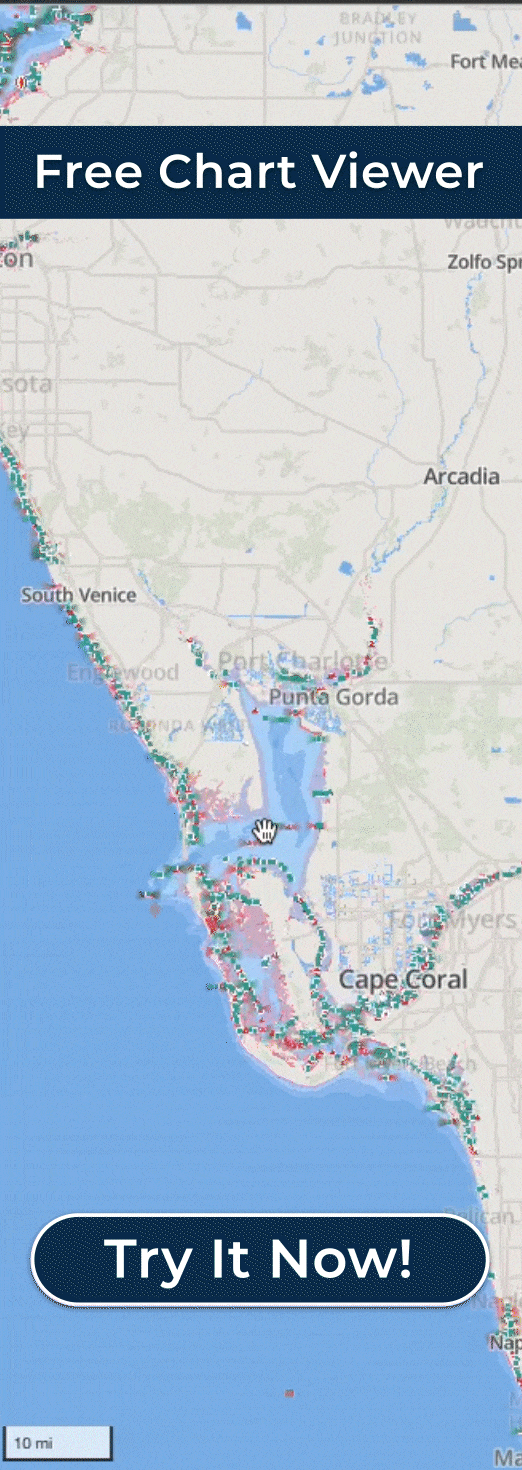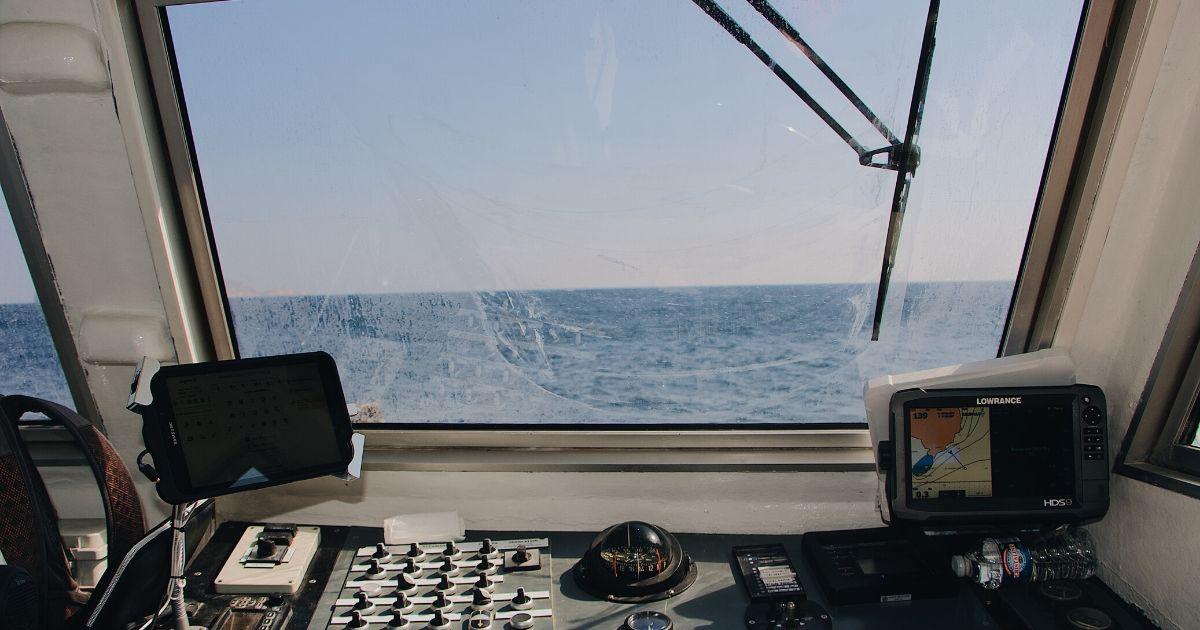
The waves are getting rough, the sun is setting, and you’re not sure where you are. When you’re lost, everything seems unfamiliar, but you’re probably only 500 feet and a few turns from where you want to be. In those instances it’s important to stay calm and remember the basics of marine navigation.
Here are Wavve Boating’s top 5 tips for marine navigation for when you’re on the water.
Create a float plan
A float plan significantly reduces the chances of getting lost in the first place. And if you do get lost, at least someone will know where you are.
A float plan is a general plan for an outing. The trip can range from just an afternoon, to a multi-day trip. But why should you prepare a float plan, and what goes into making one?
Before going on a trip, the captain will plan a route to take. That is the start of the float plan. The captain should also include: who else is going on the trip, vessel identification, and gear that is in the vessel. That information is then given to a trusted individual, so that if the boat does not show up when and where it is supposed to, your friend can alert the authorities and know exactly where to start searching.
If you are just going out for the afternoon, the float plan can be simple. Just communicate where you are going, who is with you, how long you will be out, and what approximate route you are taking. For a short excursion it can be as simple as a text. Something like, “The kids and I are headed up to shark island for the afternoon. We should be back around 4. If I don’t text by 6, let someone know.”
The float plan is part safety measure, part navigational aid. By planning the trip, you are better acquainted with the area and less likely to get lost. Here’s an official example of a float plan, but most recreational boaters will not need something so complex.
Learn Reference Points
We love marine navigation apps. However, it’s important to know how to navigate if something breaks down or runs out of power. Recognizing landmarks is the easiest way to navigate without a GPS.
Landmarks will always be there. If you are lost on the water, look for local landmarks. They will at least point you in the right general direction. But you have to be able to recognize landmarks. Take some time to research landmarks visible from the water, and pay attention once you’re out there. If you are taking a trip from A to B, try to pick a few landmarks that measure one quarter, one half, and three-quarters of the way to your destination. It will provide some information on how far along you are.
While not a perfect form of navigation, identifying landmarks can point you in the right direction until you recognize something more familiar.
Marine Navigation Tips: Know Your Buoys
Similar to driving a car, in a boat you need to know how to interact with other boaters and how to read certain man-made signs. If you have multiple people on board, assign someone as a lookout. They keep an eye out for danger while the captain keeps their eyes on what is in front of them.
To go over all of the major rules would require a blog post of its own, so here is a guide from the US Coast Guard on the rules for boating. We will cover some of the best tips for marine navigation that you need to know for buoys and beacons.
Buoys are floating in the water, but moored to the bottom with a line. Beacons are fixed to the seafloor (think lighthouse). Both provide valuable information to boaters, mostly based on their colors. Buoys come in many shapes and sizes, but most you see are either cylindrical or triangular. The color plays the most critical role however.
The most important buoys to look out for are red and green. These signify that an area has deep channels and is clear of obstacles. Follow those buoys if you are looking for a safe passage.
A red and green striped pattern represents a junction. If you see one of these, turn toward a main or secondary channel because you’re heading towards rocks or a shoal. White buoys generally mean that the area has swimmers or a speed limit.
Yellow buoys are cautionary, meaning that there is likely something hidden beneath the water that will tear up your hull. Black and red buoys are also cautionary, representing various kinds of danger. These buoys are typically marked on charts, and can indicate why that area is dangerous.
Keep a close eye out for white and red diamond buoys as well. These indicate if there are dangerous rocks in the area that can cause major damage the hull of your boat.
Buoys provide a wealth of information on where to go and where to avoid at a glance. They are crucial to help you recognize areas of danger. For a more detailed look at the rules for buoys and beacons, check out this blog.
Have the Right GPS for Your Boat
Our top tip for navigation is simple. Make sure you have a GPS device that can handle your style of boating. Are you staying in inland rivers and lakes? Are you going out to sea? Are you a recreational boater, only going out for the afternoon? Or are you a hardcore, salty sailor exploring the seven seas? Where you are going and what you are doing will help you pick the right GPS for your boat.
The hardcore sailor needs something that works anywhere. A device that can triangulate your location by satellite, or plot hundreds of miles ahead. There are plenty of expensive GPS’ for boats that can do all that and more.
For a casual boater, going on day trips around a lake, river, or shoreline, you are probably well off using an inexpensive GPS for your boat, or marine navigation app on your phone. An app that can display sounding information, buoys, shallow areas, shoals, and prominent locations can assist boaters on the water. However, always have backup paper charts on hand. If something happens to the device running the GPS or app, it’s important to have a resource that can still guide you home. For a more detailed look into how you should go about choosing the best marine GPS for you, read our blog here.
Final Thoughts
For those rare occasions when your boat’s GPS runs out of power, just keep in mind the marine navigation tips we discussed. Make a float plan, get acquainted with local landmarks, learn the proper rules for interacting with boaters and water-bound markers, and stick to the beaten path. If you follow those tips, it won’t matter if your GPS is dead. Once you’re home, charge that GPS or phone so you can get back out there.
Wavve Boating is available on the Apple App Store and Google Play Store via two subscription options of $7.99/month or $45.99/year. New users are offered a 14 day trial to see if the app is a fit for them.
About Wavve Boating
Founded in Kingston, Ontario, Canada, Wavve Boating (Wavve) is a mobile application designed for the recreational boater. With nautical charts from the National Oceanic Atmospheric Administration and Canadian Hydrographic Services, Wavve has been growing their consumer base across North America since May of 2018. Available on all Apple and Android devices, Wavve offers a simple platform so anyone can boat like a local. For more information visit https://wavveboating.com.



